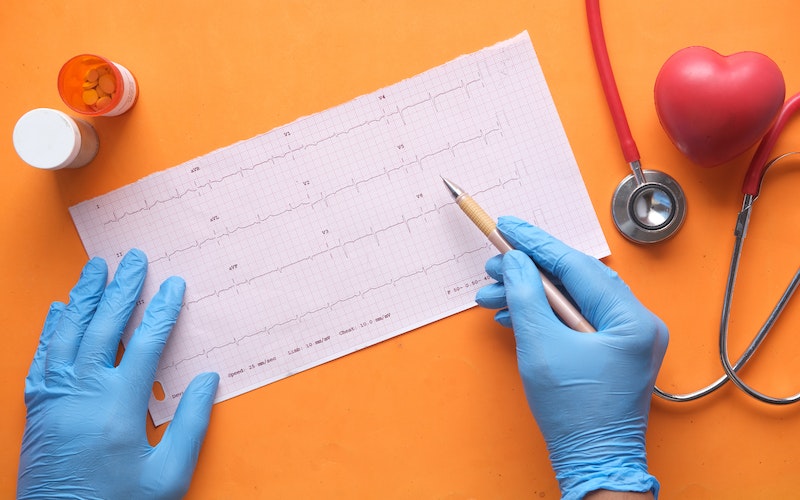Intensive Care Medicine

Learning for the next pandemic: the Wuhan experience of managing critically ill people
Prof. Mervyn Singer and colleagues explore the Wuhan response to managing critically ill patients in a novel disease pandemic, and lessons learnt for future pandemics.
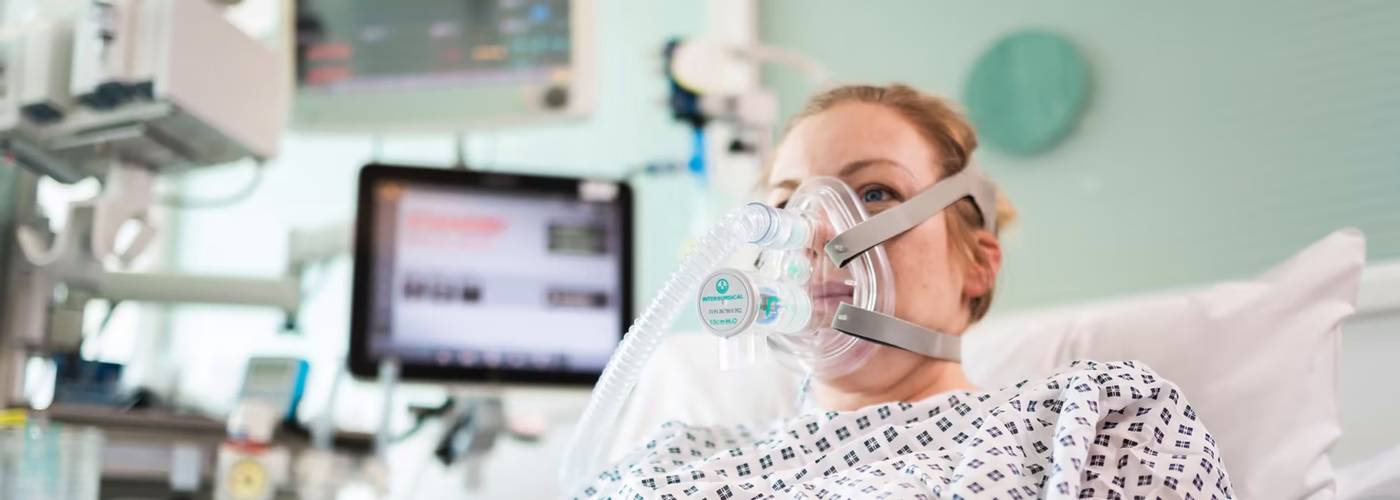
Breathing aid co-developed by Mercedes HPP helping COVID-19 patients
Low-cost breathing aids developed by Mercedes High Performance Powertrains, University College London and University College London Hospital have been shipped to hospitals around the world in a life-saving partnership.
Our work
The centre is involved in the following research areas:
Our people
The Critical Care Trials team is the clinical research arm of the Bloomsbury Institute of Intensive Care Medicine. The team includes the clinical lead, Dr David Brealey, and 5.3 whole-time equivalent research nurses. We aim to attract and deliver a wide portfolio of studies that are pertinent not just to Critical Care but the whole Emergency Pathway. As such, we frequently work outside the physical walls of Critical Care, recruiting patients across the hospital from the Emergency Department to Day Case Chemotherapy.

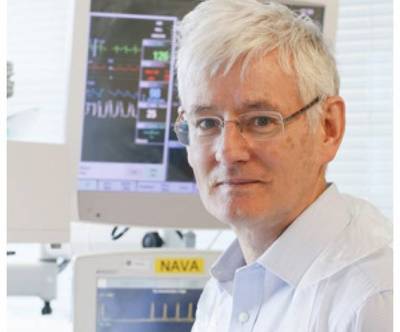






Dr Joseph Harris

Dr Adarsh Kulkarni

Dr Charles McFadyen

Dr Francis Ryckaert

- Students
- Miranda Melis
- Muska Miller (nee Khpal)
- Naveed Saleem
- Giacomo Stanzani
- Robert Tidswell
Publications
- Rudiger A, Dyson A, Singer M, et al (2013) Early functional and transcriptomic changes in the myocardium predict outcome in a long-term rat model of sepsis. Clin Sci; 124:391-401.
- Ackland GL, Kazymov V, Singer M, et al (2013) Peripheral neural detection of danger-associated and pathogen-associated molecular patterns. Crit Care Med; 41:e85-92.
- Zolfaghari PS, Dyson A, Singer M, et al. (2013) The metabolic phenotype of rodent sepsis: cause for concern? Intensive Care Med Experimental.
- Morelli M, Donati A, Singer M, et al. (2013) Microvascular effects of heart rate control with esmolol in patients with septic shock. Crit Care Med;41:2162-2168.
- Marty FM, Man CY, Brealey D, et al. (2013) Safety and Pharmacokinetics of Intravenous Zanamivir Treatment in Hospitalized Adults With Influenza: An Open-label, Multicenter, Single-Arm, Phase II Study. J Infect Dis.
- Sachdev M, Brealey D, Singer M, et al. (2013) Changes in dental plaque following hospitalisation in a critical care unit: an observational study. Crit Care; 17:R189.
- Dyson A, Simon F, Singer M, et al. (2012) Bladder tissue oxygen tension monitoring in pigs subjected to a range of cardiorespiratory and pharmacologic challenges. Intensive Care Med; 38:1868-76.
- Atlas G, Brealey D, Singer M, et al. (2012) Additional hemodynamic measurements with an oesophagal Doppler monitor: a preliminary report of compliance, force, kinetic energy, and afterload in the clinical setting. J Clin Monit Comput; 26:473-82.
- Adlakha A, Pavlou M, Singer M, et al. (2011) Survival of HIV-infected patients admitted to the intensive care unit in the era of highly active antiretroviral therapy. Int J STD AIDS; 22:498-504.
- Ackland GL, Dyson A, Singer M, et al. (2010) Low molecular weight polyethylene glycol improves survival in experimental sepsis. Crit Care Med; 38:629-36.
- Ackland GL, Dyson A, Singer M, et al. (2010) Cardioprotection, attenuated systemic inflammation, and survival benefit of 1-adrenoceptor blockade in severe sepsis in rats. Crit Care Med; 38:388-94.
Funding and Partnerships

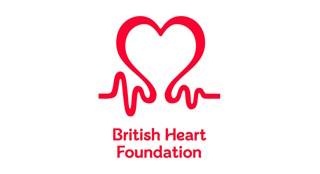



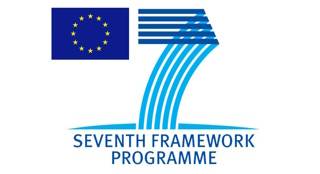


Facilities
Mervyn Singer Lab is advanced in vivo monitoring of cardio-respiratory function, organ perfusion, tissue oxygenation, and metabolic monitoring Models of sepsis, haemorrhage (-reperfusion), haemodilution and both whole-body or organ-specific hypoxaemia(-reoxygenation).
- Vascular cannulation
- Mechanical ventilation
- Echocardiography
- Metabolic cart
- Laser Doppler and Doppler flow monitoring
- Tissue PO2 monitoring
- Blood gas analyses
- Ex vivo/in vitro respirometry
- HPLC
- Standard lab techniques (Westerns, PCR.)
Related Programmes
Our members contribute to the MBBS, iBSc, BSc and master’s degrees within the Division of Medicine. We provide BSc and MSc/MRes research project supervision. We also have an established track record in providing high-quality training to PhD students interested in basic, translational, and clinical research in the areas of lung cancer and airway stem cells.
Prizes
- 2013 UK Intensive Care Society Young Investigator Award (W Khaliq)
- 2013 UK Intensive Care Society Young Investigator Award (N Arulkumaran)
- 2012 MRC Centenary Award (Dr N Ekbal)
- 2010 UK Intensive Care Society Young Investigator Research Award (N Ekbal)
- 2010 European Society of Intensive Care Basic Science Award (J Morel)
- 2009 UK Intensive Care Society Young Investigator Research Award (S Barnes)
- 2007 European Society of Intensive Care Basic Science Award (J Carre)
- 2007 European Society of Intensive Care Intelligent Monitoring Award (A Dyson)
- 2007 UK Intensive Care Society Research Award (A Dyson)
Contact Details
m.singer@ucl.ac.uk
+44 (0)20 7679 6714
Postal & Visiting Address
Centre for Intensive Care Medicine
Cruciform Building
Gower Street
London
WC1E 6BT
 Close
Close


